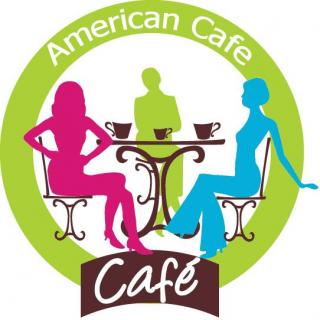
介绍:
希望这个技术能够普遍应用,那么盲人的痛苦和不方便将大大减少了。
Technology Provides New Tools for Blind Students in Kenya
In Kenya, blind students and those with poor eyesight were still using Braille books for their studies until recently.
Their books used the Braille system of raised dots to represent words and numbers.
Those with limited or no eyesight can "read" by touching those markings.
But Kenyan schools for the blind are now beginning to use technology that provides material in an audible form.
This has expanded possibilities for the students and taught them new ways to interact with technology.
Seventeen-year-old Lucas Mwanzia is visually impaired.
For the past two years, he has been attending computer classes at the Thika School for the Blind.
Lucas Mwanzia is in eighth grade.
He started school at a later age because of his poor eyesight.
But using the new technology, he can search the Internet for biology class.
He says the technology has opened doors that once were closed.
He says that Braille books are costly and you have to spend a lot of money to buy one.
With computers, he says, the books are available at little or no cost.
"So we download the books to read and when are done we just close the program," he says.
The school started using assistive technology six years ago.
It enables blind and visually-impaired students to get information from computers and iPads.
Zachary Muasya was born blind.
He is now one of the school's teachers.
He has been teaching the students how to use the technology for about two years now.
He says the technology opens up possibilities that can level the playing field for his students.
Assistive technology equips the learners with very many skills that really make them independent in life, says Muasya.
"They can read materials like books, magazines, newspapers by themselves.
And apart from that -- assistive technology equips them with employable skills."
The assistive technology costs $1,000 to set up.
But a non-governmental organization called InAble has provided it to the schools at no cost.
Peter Okeyo, the program manager at InAble, says blind students using the technology may still face difficulties when they move to higher education.
He says students who have used the technology up through high school might not have it at the university they attend.
Those students might have difficulties if they have to go back to braille, he adds.
Four of Kenya's 11 schools for the blind are using the technology.
InAble says it will provide the financing for the remaining schools to join the effort.
大家还在听

